The Wizard of Oz introduced both a yellow brick road and an endless field of colorful poppies. In the real-world, the land of Oz just might be Ha Giang. You see, Ha Giang has a Happiness Road and verdant fields of white, pink and dark-red buckwheat flowers. And like The Wizard of Oz, Ha Giang’s buckwheat bounty is every bit as mystifying and steeped in lore as the Emerald City in the L. Frank Baum classic.
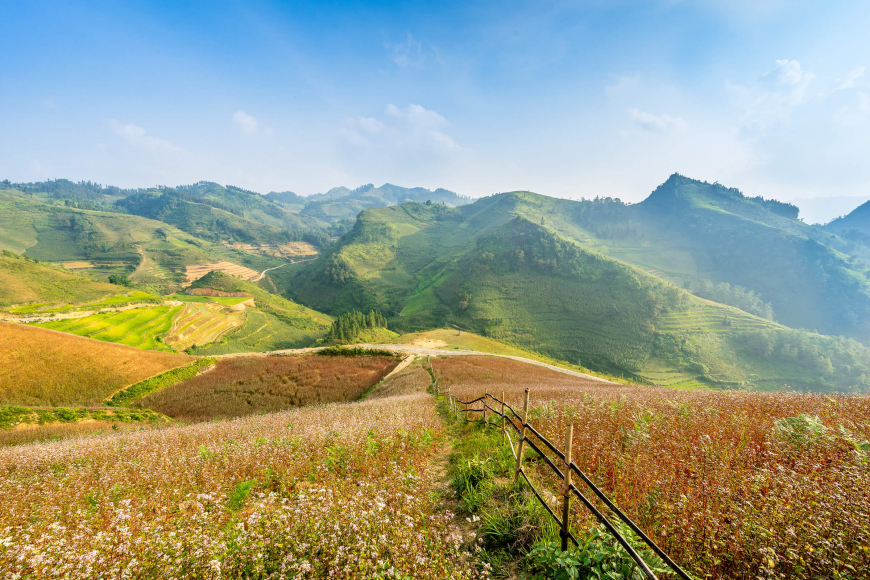
Buckwheat flowers have become the signature of Ha Giang. Visitors flock to the remote northern province of Viet Nam (near the border of China) in late autumn to gaze in awe, photograph and celebrate these buckwheat beauties. However, buckwheat flowers are far more than just the symbol of Ha Giang but a saviour, a source of nutrition of villagers.
As legend has it, rice and corn fairies first planted the buckwheat seeds in a far-off, mountain creek for their own personal pleasure. But a time came when the rice and corn fields went barren and the people of the region were facing famine. To save themselves, the villagers split up, going separate ways in search of food and nourishment. One day, an intoxicating scent was picked up by the scouts. Literally following their noses, they came upon a mountain creek and a vast swath of white-pink blooms—blossoms of hope.
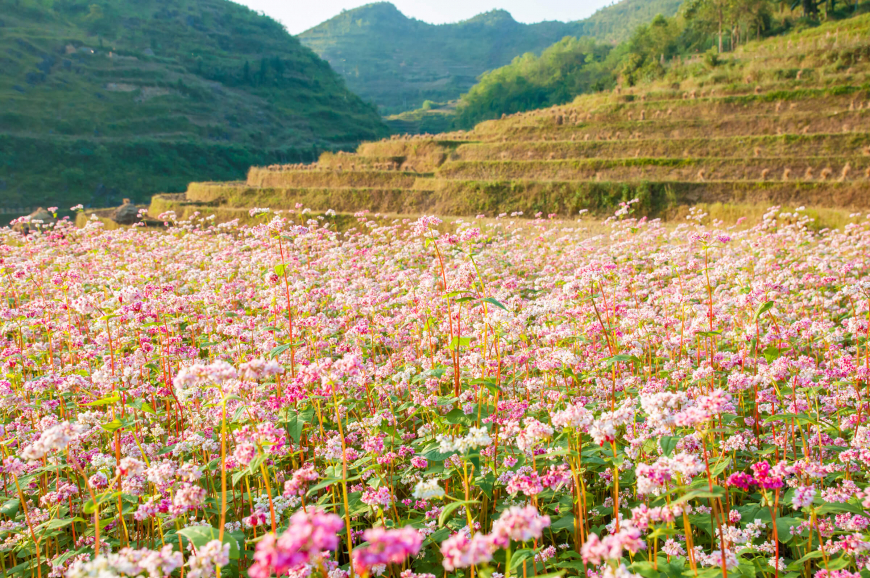
Upon closer inspection, the trekkers discovered seeds nestled beneath the flower petals. The seeds were gathered and cooked and to everyone’s delight, they found a scrumptious alternative to rice and corn. The seeds from the pleasantly fragrant buckwheat flowers became a staple.
In late September the white blooms make their annual appearance. As October slides into November, the blossoms change to pink. By December’s end they become a lusty, deep red.
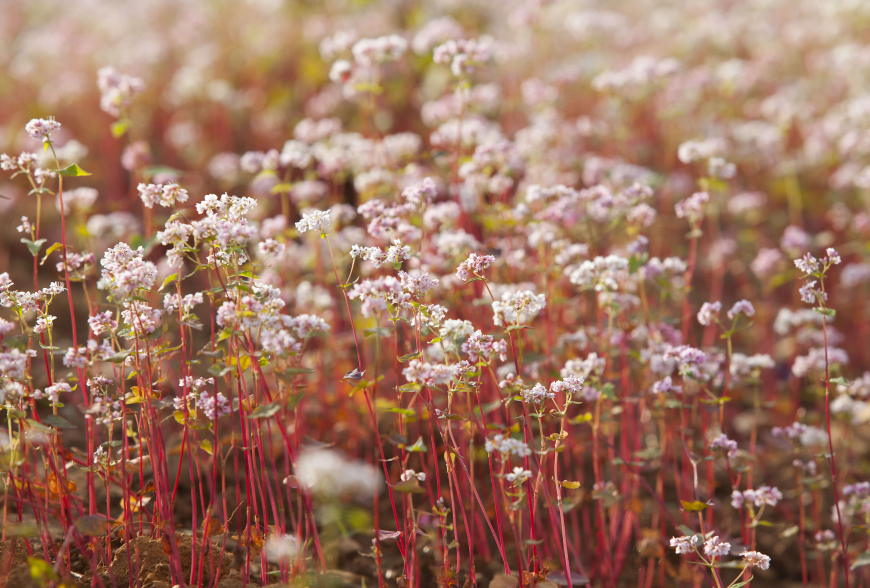
Imagine nearly 1,000 acres of color-evolving, buckwheat bloom. And while this visual extravaganza is on full display from October through December, there is an annual festival which typically takes place in mid-to-late November.
The festival (in the Dong Van district) immerses visitors in cultural displays of the local ethnic minorities (Hmong, Tay, Dao, Nung, Chechens and Cao Lan). There is art, performance, crafts and food (including buckwheat pancakes, porridge, noodles, cakes, even wine). Stroll the floral road on Dong Van ancient street or enjoy the “Running on Happiness Road” marathon. There is even kayak and paddle-board racing on the Nho Que River
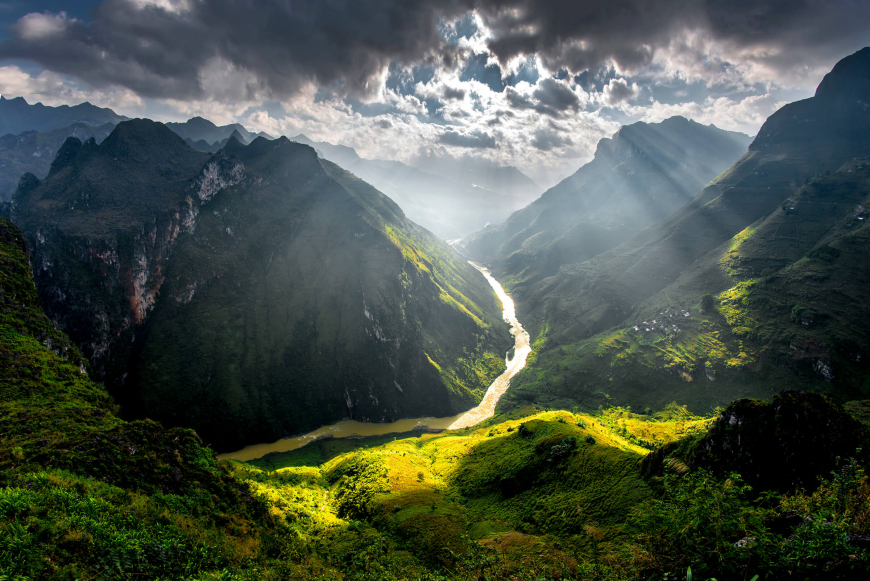
Speaking of Happiness Road, its history is almost as rich as that of the buckwheat flowers themselves. Before its inception, Ha Giang was so remote and impossible to access, that it remained very much: “off-the-radar.” Work on the road started in the late 1950s. Volunteers and workers from the many ethnic groups joined together to create a snaky passage through the stranglehold of mountainous and jungle terrain. It took over seven-years for Happiness Road to be completed. It was named Happiness Road as a projection of the bounty the artery would provide Ha Giang.
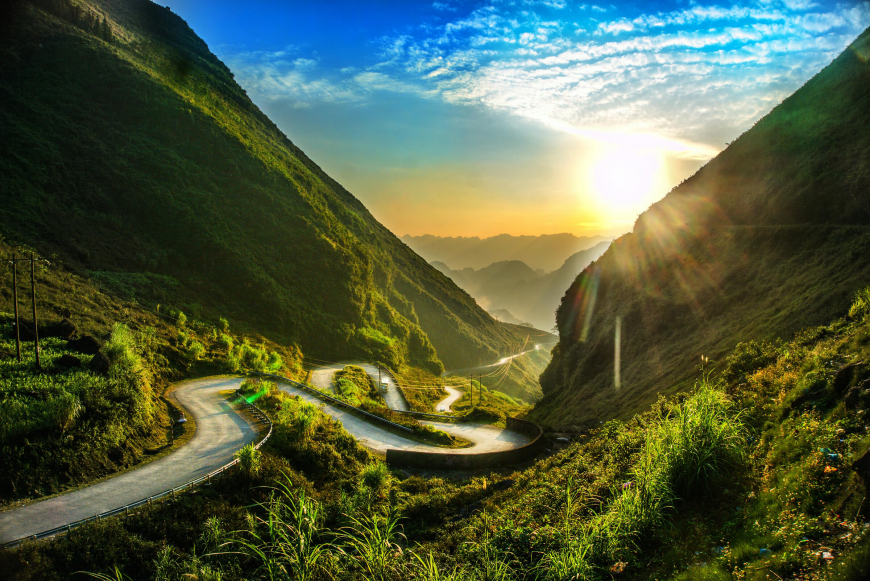
Ha Giang is a trekkers delight—vast wilderness, granite mountains, caves, rivers, valleys, dense forests, imposing cliffs, tiny settlements and, of course, that sea of flowering buckwheat—as far as the eye can see.
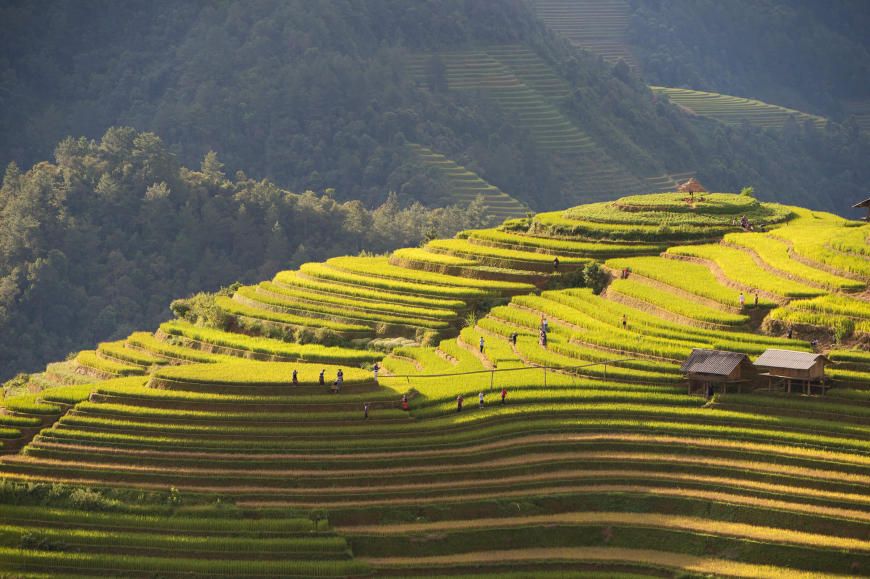
If you can’t attend the festival, fear not, the entire buckwheat bloom season is a celebration of visual and olfactory sensations—the surrounding culture very much alive and vibrant.
Here are a few recommended locations to best observe the blossoming ritual of the buckwheat flower:
Thach Son Than is located in the Dong Van Karst Plateau, which is a UNESCO Global Geopark. The flowers follow the winding road and provide views to terraced fields of blossoms interspersed with naturally carved, millions of years old, stone statues.
Lung Cam village is located in the scenic Sung La Valley (25km west of Dong Van). This is where you’ll find the greatest abundance of buckwheat flower blooms. In Lung Cam you can visit the home of Pao, which inspired the classic film: Story of Pao. Three ethnic groups co-exist in this age-old village.
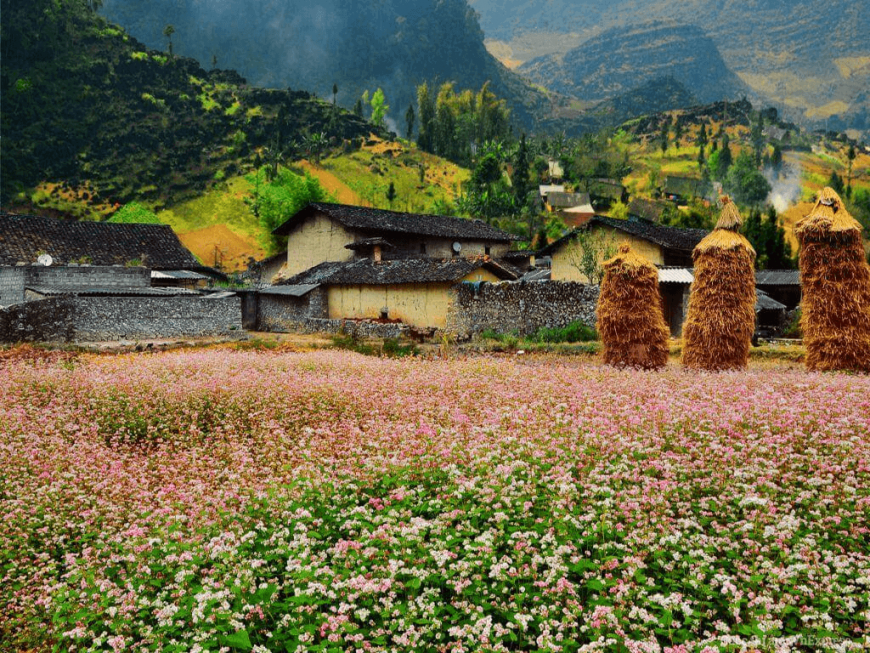
Source: Internet
At an altitude of 1,500 meters, the Ma Pi Leng pass (aka The Happiness Road), seems like a continuous “S” curve—a biker/trekker dream with breathtaking views. The buckwheat fields are planted between the two mountain ranges offering astonishing visuals.
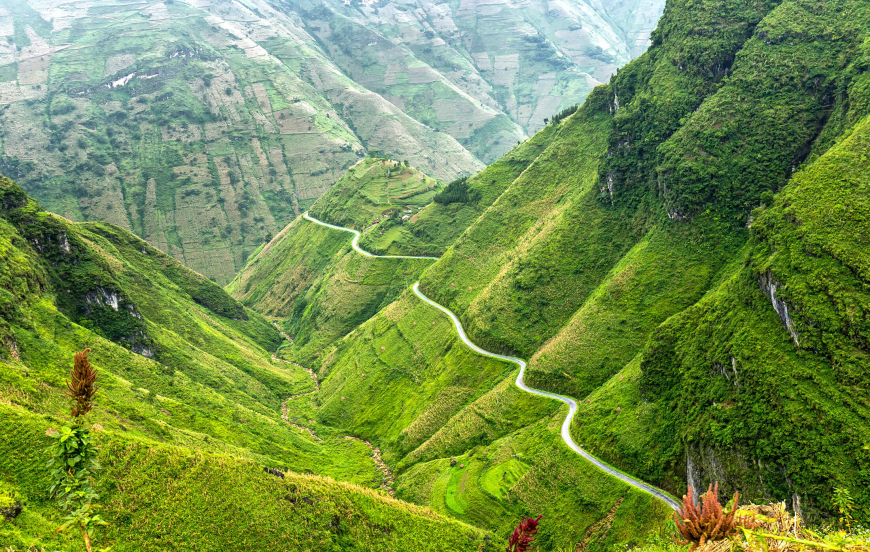
Getting to Ha Giang is part of the adventure. The closest airport is in Hanoi. Buses are the recommended form of transportation (a 6-hour journey, with buses running multiple times daily). Many travelers prefer to rent a motorbike or car. While some seriously intrepid travelers opt for bicycles.
It’s said, the view from the top of a tree is special because you must climb the tree to witness it. Ha Giang is like that. It takes effort to reap its rewards. Ha Giang is the quintessential: diamond in the rough. A mystifying land of enchantment—swathed, for three-months, in a pelt of blooming buckwheat beauty…



